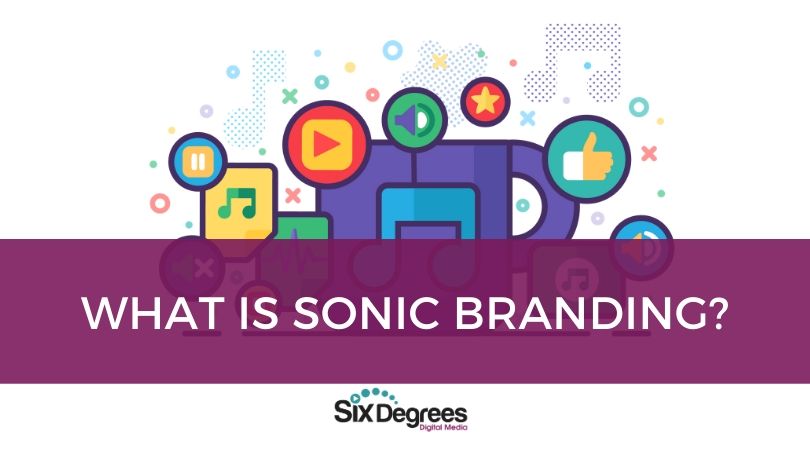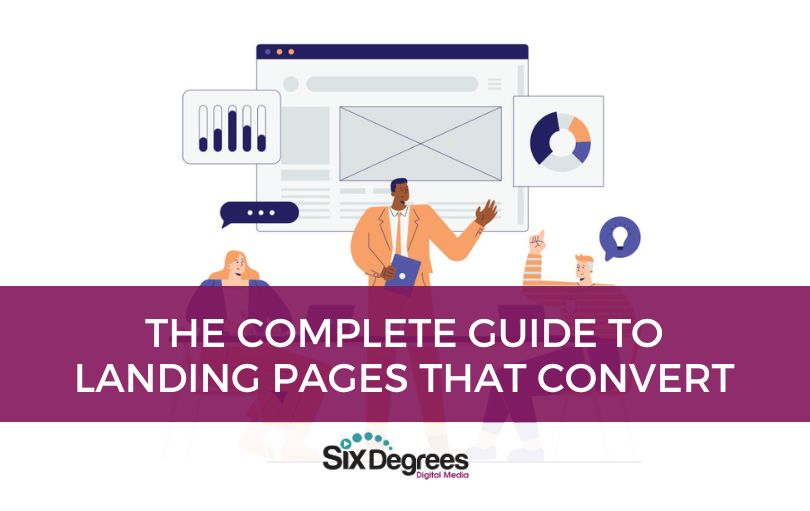It’s almost certain you’ve seen someone spinning and tossing an advertising sign outside of a local business. “Get your tax refund today!” “Cash for your car now!” and even “Going out of business sale”.
It’s a familiar tactic.
Now imagine that sign being piloted by a small, blue, electrified hedgehog, rocketing down the highway at 190 miles per hour. This is Sonic marketing. Your sign pulls far more eyeballs when it’s careening around a city at a quarter the speed of sound.
Of course, any gold rings in the area will be missing the next day. Then the police get involved and it’s a whole thing. Probably not worth the effort. Although it would be cool to see.
Fortunately, that only exists in the minds of twisted marketing people. So…
What exactly is sonic branding in reality? Let’s check with Webster.
Sonic: adjective: Utilizing, produced by, or relating to sound waves.
Sonic branding refers to the audio portion of the branding spectrum. It deals with the sounds that we associate with a given brand, like jingles, buttons, audio taglines, and more.
And just as a brand’s visual identity involves more than just its logo, a sonic identity is larger than just a jingle. It’s the cohesive totality of every sonic element used to describe the brand.
What does that last string of words mean exactly? Though you may ask.
Read on.
Why Is Sonic Branding Important?
Humans are a visual species. We depend heavily on sight, with our other senses often taking a back seat. And yet these forgotten senses are often more important to our experience of reality.
Our sense of smell builds more powerful memories than any other sensation. I mean can’t you just imagine chocolate chip cookies baking…
And sound can trigger more visceral, immediate emotional reactions than visual perceptions. If you’ve ever watched a movie with its musical score removed, you’ll know what we mean. The music does more to set the emotional cues of the narrative than the picture.
In many ways, a business’s sonic identity is more identifiable than its visual identity.
What’s more memorable for you, a shark, or the ominous music from Jaws?
Would you recognize the Farmers Insurance color scheme? Probably not. But, “We are Farmers! Bum ba dum bum bum bum bum!” creates an immediate jolt of delight. It’s INSURANCE for criminy’s sake, the dullest product on the planet, and yet when you hear that jingle, you can’t help but smile.
And I’d be remiss if I didn’t add the Mario coin block. I mean we did mention Sonic earlier so in my son’s honor, I have to mention Mario since he has a YouTube channel dedicated to Nintendo game reviews.
Back to matters at hand now…
Sonic Branding Is Everywhere and You May Not Even Notice It
Because our reactions to sound are mostly subconscious, we often don’t notice the effort that goes into creating a sonic brand. But it’s an art that touches every aspect of our interaction.
We’re generally aware of the music used to sculpt our emotional reactions. And the use of jingles and buttons is as old as recording techniques.
But how about the sound effects used to accent text on-screen during a commercial? What about the music that plays while you’re in a store? Or the clicks, beeps, and chimes were chosen to heighten the impact of a branded app?
Audio flavoring is found at every customer touchpoint. These are subtle cues that you likely aren’t aware of, but together build an auditory “personality” for a brand.
Here’s the takeaway. While the visual space is the most obvious element of a brand identity, sonic branding cannot be ignored — in many ways, it creates the brand’s emotional context.
Personally, we use the same background music in all of our logo stings with our videos to create more branding. I want people to think about us when they hear that ukulele play ha ha.
If you’re interested in hearing us make sounds that tell you more about the importance of sonic branding, contact us today. We can punch up performance in your current strategy. Hear that? That’s the sound of success.






